Filter by
The language used throughout the course, in both instruction and assessments.
1,046 results for "data visualization"
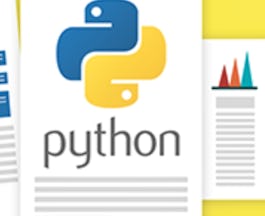
Skills you'll gain: Computer Programming, Data Analysis, Data Visualization, Exploratory Data Analysis, General Statistics, Machine Learning, Machine Learning Algorithms, Plot (Graphics), Probability & Statistics, Python Programming, Regression
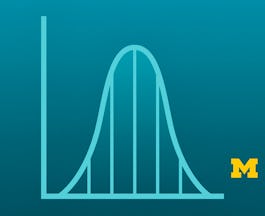
University of Michigan
Skills you'll gain: Basic Descriptive Statistics, Data Analysis, General Statistics, Probability & Statistics, Statistical Analysis, Probability Distribution, Statistical Visualization, Data Visualization, Python Programming, Plot (Graphics), Computer Programming
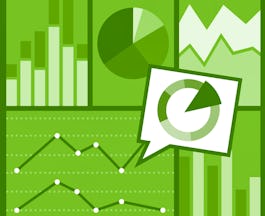
Duke University
Skills you'll gain: Business Analysis, Data Analysis, Data Visualization Software, Tableau Software, Data Visualization

Skills you'll gain: R Programming, Data Analysis, Computer Programming, Data Visualization, SQL
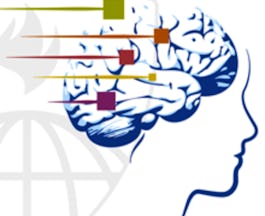
Johns Hopkins University
Skills you'll gain: R Programming, Data Analysis, Statistical Programming, Statistical Analysis, Computer Programming, Exploratory Data Analysis, General Statistics, Problem Solving, Data Analysis Software, Probability & Statistics, Computer Programming Tools, Critical Thinking, Programming Principles, Statistical Tests, Data Management, Data Structures, Statistical Machine Learning, Basic Descriptive Statistics, Algorithms, Data Model, Human Learning, Machine Learning, Machine Learning Algorithms, Process Analysis, Correlation And Dependence, Data Visualization, Data Visualization Software, Plot (Graphics), Regression, Applied Machine Learning, Big Data, Computational Thinking, Data Mining, Estimation, Extract, Transform, Load, Mathematics, Probability Distribution, Databases, Interactive Data Visualization, Computer Graphics, Machine Learning Software, Communication, Computer Graphic Techniques, Knitr, Natural Language Processing, Visualization (Computer Graphics), User Experience, Interactive Design, Product Development, Web Development
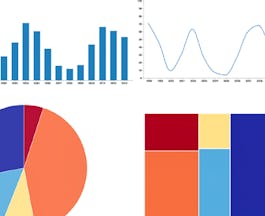
University of Colorado Boulder
Skills you'll gain: Data Visualization

University of Michigan
Skills you'll gain: General Statistics, Probability & Statistics, Statistical Analysis, Data Analysis, Statistical Tests, Basic Descriptive Statistics, Probability Distribution, Python Programming, Statistical Visualization, Statistical Programming, Plot (Graphics), Regression, Correlation And Dependence, Critical Thinking, Data Visualization, Computer Programming, Bayesian Statistics

University of Colorado System
Skills you'll gain: Data Warehousing, Data Management, Databases, Business Intelligence, Database Design, Data Model, Database Administration, Business Analysis, SQL, Data Analysis, Data Architecture, Warehouse Management, Data Visualization, Leadership and Management, Systems Design, Extract, Transform, Load, Critical Thinking, Performance Management, Solution Sales Engineering
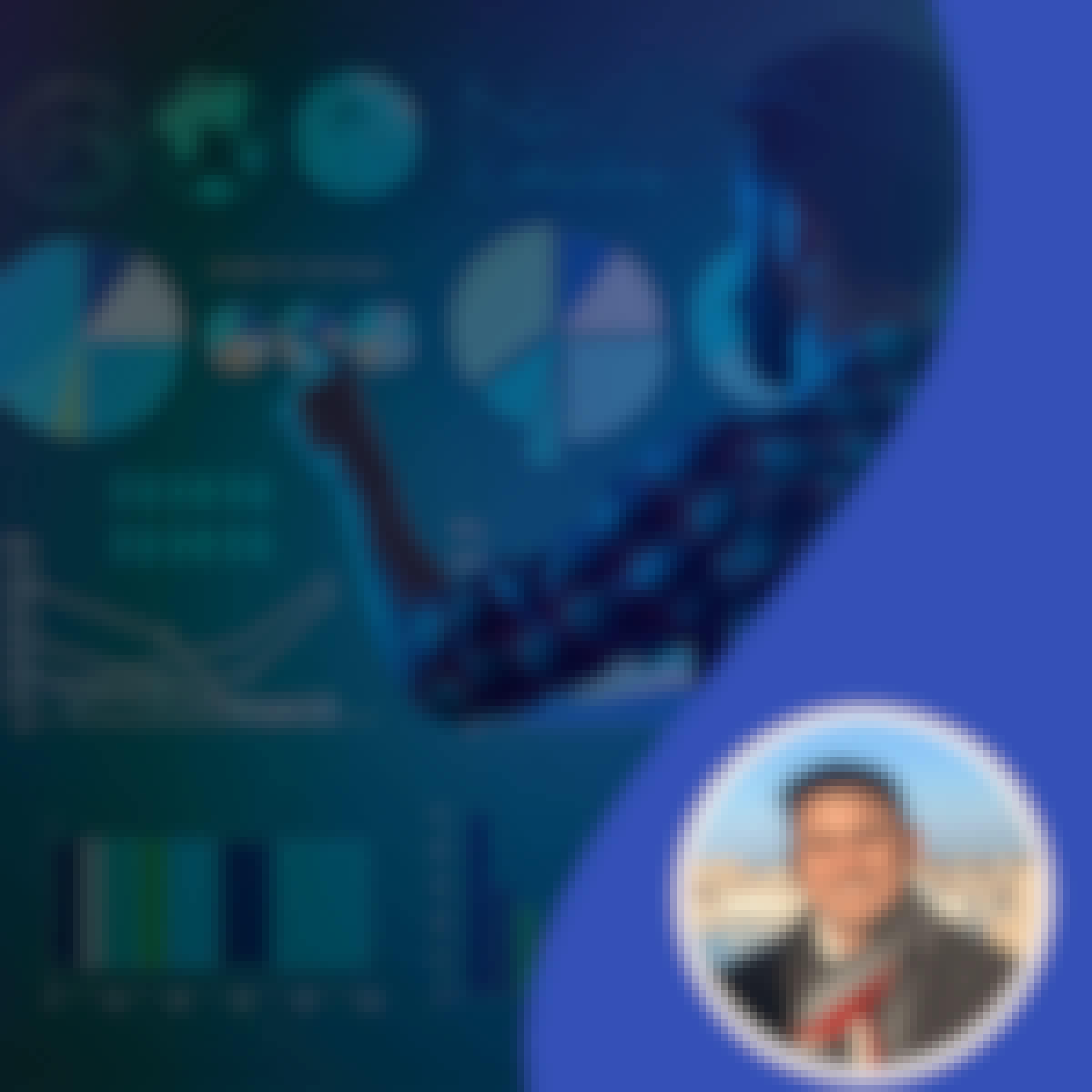 Status: Free
Status: FreeCoursera Instructor Network
Skills you'll gain: Data Visualization

Coursera Project Network
Skills you'll gain: Computer Programming, Data Visualization, Python Programming, Data Science

Johns Hopkins University
Skills you'll gain: Computer Programming, Data Visualization
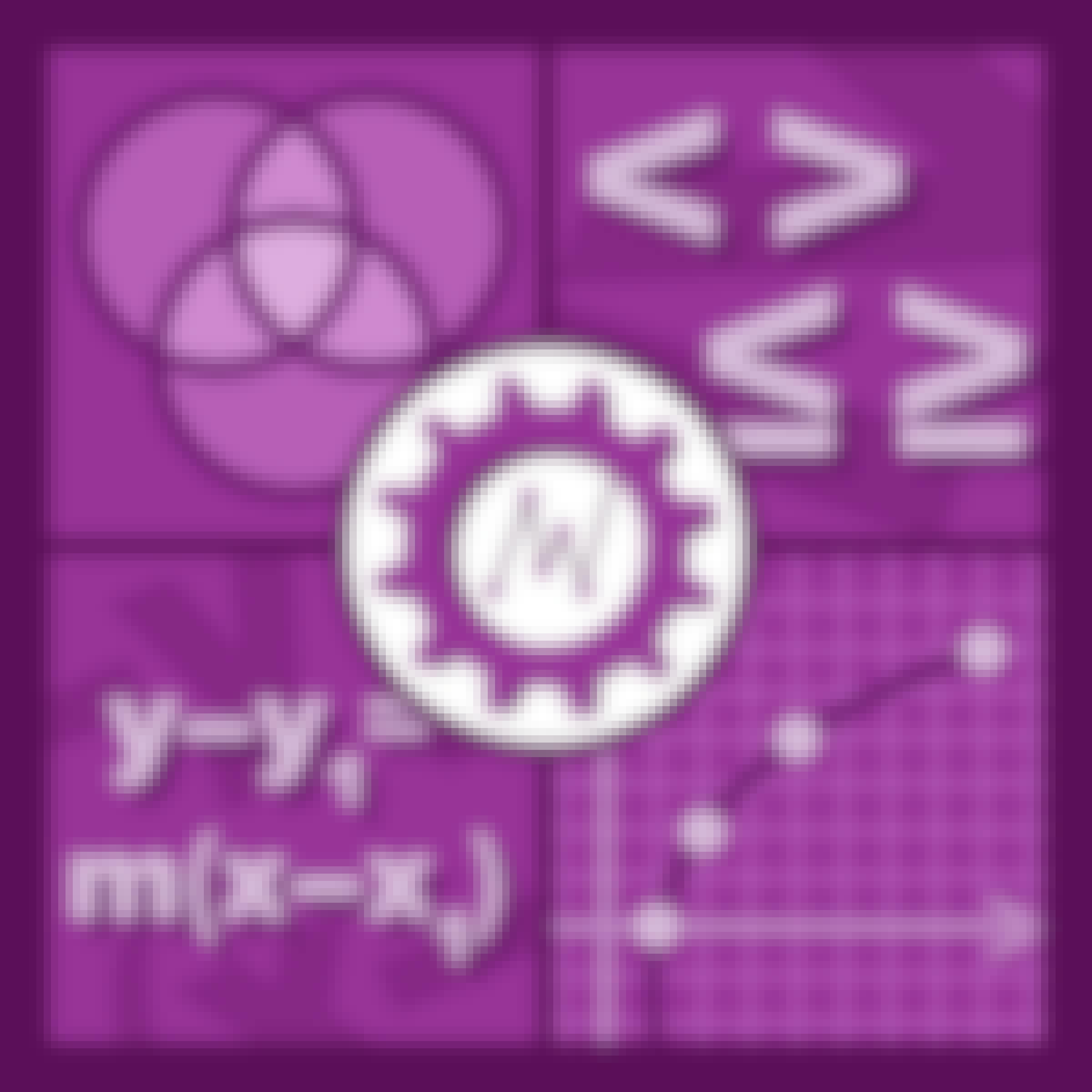 Status: Free
Status: FreeDuke University
Skills you'll gain: Data Analysis, Problem Solving, Statistical Analysis, Algebra, Applied Mathematics, Linear Algebra
Searches related to data visualization
In summary, here are 10 of our most popular data visualization courses
- Data Analysis with Python: IBM
- Understanding and Visualizing Data with Python: University of Michigan
- Data Visualization and Communication with Tableau: Duke University
- Data Analysis with R Programming: Google
- Data Science: Johns Hopkins University
- Fundamentals of Data Visualization: University of Colorado Boulder
- Statistics with Python: University of Michigan
- Data Warehousing for Business Intelligence: University of Colorado System
- Introduction to Data Visualization in Qlik Sense: Coursera Instructor Network
- Data Visualization with Python: Coursera Project Network










